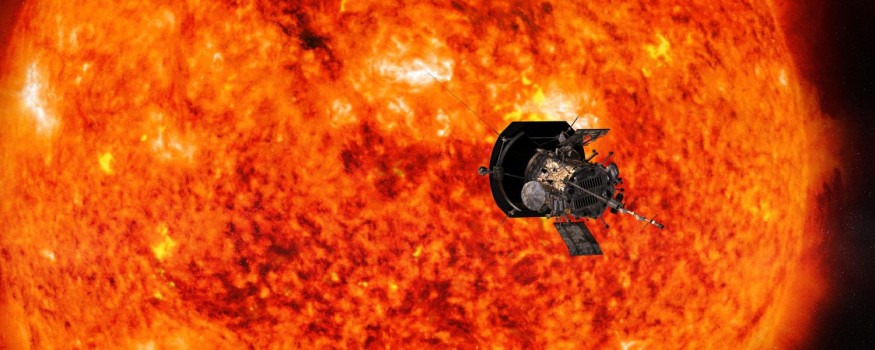
Last 2018, the National Aeronautics and Space Administration (NASA) confirmed two missions designed to take solar exploration close to the actual Sun than any space study ever did in the past. Their Parker Solar Probe, which launched in the same year, announced and the 2020 follow-up, in collaboration with the European Space Agency (ESA), the Solar Orbiter.
NASA and other international space exploration agencies created these missions to get to know and learn about our star up close. Designed for extreme space conditions, these operations aim to explore the Sun's properties and how it affects space weather, and how such phenomena can affect earth technologies like radio communication, satellites, and many more.
To quote NASA itself, "The goal of these missions is to understand how the Sun works and how it affects the space environment."
As significant a milestone as these missions were, those are just stepping stones to spearhead more solar explorations.
As a follow up to these monumental and possible groundbreaking feats, NASA once again confirmed two more missions to add to its growing list of solar exploration missions. This time, they approved two heliophysics mission - the EUVST and EZIE.
What is Heliophysics
NASA's Science Mission Directorate Heliophysics Division studies the very nature of the Sun and observes how it influences and interacts with space and how it affects each planet's conditions. This study aims to help the agency understand essential information about how space and the universe works; aside from that, it provides information to improve research and development of space technology because it gives insights about how the Sun may possible interact with these techs.
EUVST
In an operation lead by the Japan Aerospace Exploration Agency (JAXA), NASA contributes to developing the Extreme Ultraviolet High-Throughput Spectroscopic Telescope (EUVST). Targeted for a 2026 launch, the EUVST mission aims to study how the Sun's atmospheric conditions release solar winds and how they drive solar materials' eruptions.
The entire EUVST mission was a response to the recommendations of a 2017 report delivered by the Next Generation Solar Physics Mission Science Objectives Team to create a comprehensive Ultraviolet measuring device that can provide highly detailed images.
EIZE
The EZIE or the Electrojet Zeeman Imaging Explorer or EZIE is a mission crafted to study the electric currents in the Earth's atmosphere by like aurora to the magnetosphere. This mission is intended to provide details regarding the current investigation of the interaction of the magnetosphere and solar winds.
This mission can expand the Sun, space, and Earth study as a part of an interconnected system.
NASA and many international space agencies are working hand in hand with each other to ensure the development of many more space exploration missions, especially ones involving the study of the solar system's central star.
These agencies and organizations are spending significant amounts of budget and dedication towards studying the Sun because by doing so, it opens more doors for space studies. It helps observe how life propagates because of its heat (or the lack thereof); it also helps improve space-grade technology as it provides information about where the already existing techs might improve.
© 2025 NatureWorldNews.com All rights reserved. Do not reproduce without permission.





